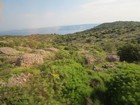
IMG_4511c - As early as the 4th century BC, stones were cleared from the rocky karst terrain to give soil for grapes and olive trees.
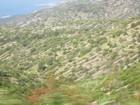
IMG_4517 - The walls, made of the many hand-picked stones, bordered small growing plots.
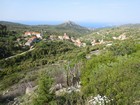
IMG_4519 - Velo Gablje. In 1928 this area started growing lavender. By the 1950's thousands lived and worked here.
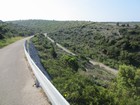
IMG_4523 - The switch-back road as we climb past Velo Gablje and over the mountains toward Stari Grad.
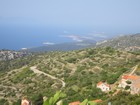
IMG_4526 - The view from above Velo Gablje back down to the south coast and the Pakleni islands off Hvar City

IMG_4527 - A view over the mountains to Starogradski Zaljev (the bay into Stari Grad), with the mainland in the distance.
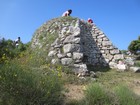
IMG_4531 - Quicklime, for plaster, mortar, and whitewash, was made by burning a pile of limestone with a fire set in the cavity.
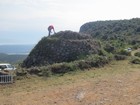
IMG_4534 - This limekiln near Velo Grablje, survived because WWI started just before its fire was to be lit.
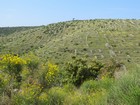
IMG_4535 - Dry stone walls on the hillside helped prevent erosion of the soil and shelter the plants from the powerful Bura wind.
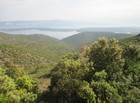
IMG_4537c - A view on over the mountains, to the bay into Stari Grad, the Kabal Peninsula, and on to the mainland cliffs.
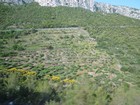
IMG_4538 - Lavender bushes. This was taken on May 12. They bloom in June.
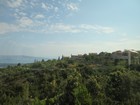
IMG_4539 - Modern Stari Grad. The original settlement there was called Pharos.